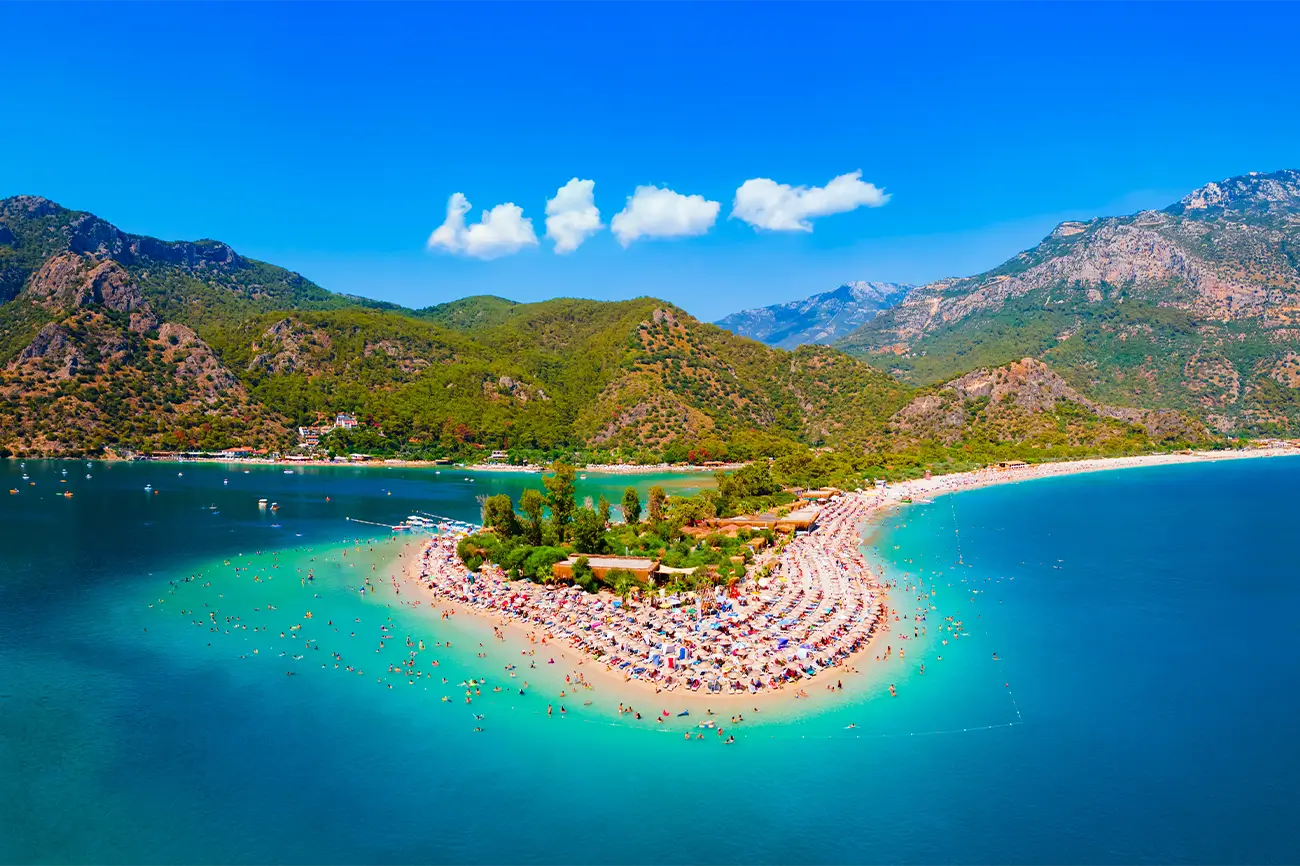
10 Nov FETHİYE
Fethiye is an important settlement
known as “Telmessos” in ancient times by the Lycians. It came under
Persian control in 545 BC and was later captured by Alexander the Great in 333
BC. After Alexander’s death, it remained under the rule of Ptolemy, the King of
Egypt, and later came under the control of the Roman Empire. The city was
referred to as “Makri” (or Meğri) in 13th and 14th-century sources.
Following the division of the Roman
Empire, Fethiye became part of the Byzantine Empire. In 1261, the region was
taken from the Byzantines by Salpakis Mantakhias, the founder of the Menteşâ
principality, and it came under Ottoman control in 1424.
During the Ottoman period, the city was
known as “Meğri.” In 1914, it was renamed “Fethiye” in
honor of Fethi Bey, one of the first Turkish pilots and the first aviation martyr.
Main Historical and Archaeological Destinations
Cadianda
Located 24 kilometers from Fethiye,
near Üzümlü Village, Cadianda has been a significant settlement throughout
history. Excavations conducted by the Fethiye Archaeology Museum have uncovered
key remains of the city, including a sports complex, theater, monumental tomb,
and agora. These structures provide valuable insights into Cadianda’s ancient
architecture and social organization.
Ancient City of Telmessos
Lycia, known as the “Land of
Lights” in ancient times, is located on the Teke Peninsula between Fethiye
and Antalya.
The Lycians, known for their unique
language, matriarchal way of life, rock monuments, and tombs, have a significant
place in history due to their passion for freedom and independence.
Telmessos is the ancient name of this
region in Fethiye and is named after the son of the god Apollo, Telmessos.
Entering the dominion of the Persians, Romans, and Byzantines from the 5th
century BC, Telmessos managed to preserve its distinctive character throughout
these periods. One of the most impressive surviving artifacts is the rock tomb
built for Amintas, the son of Hermapios, in the 4th century BC. This tomb is
notable for its architecture, which resembles an Ionic-style temple. There are sarcophagus-type
tombs and ancient theatre, which are among the outstanding examples of Lycian art and stone workmanship.
Especially, the examples in the garden of the Government Office, the
necropolis, and those facing the pier showcase this historical heritage.
Kayaköy
Kayaköy was built on the remains of the
Karmylassos city dating back to 3000 BC and consists of two different
settlements. The first of these is Levisse, which was abandoned in 1922 due to
the population exchange and became a ruin. Today, Levisse is considered a
living open-air museum and attracts tourists.
The second is the village of Kayı,
which is included in the Ottoman survey books from 1512 until today. This area
where the Kayı and Karakeçili Nomads lived in the 1400s has been a living space
for both Turks and Greeks for many years. While the Greeks lived in the houses
of the village, the Turks continued their lives in the surrounding valleys.
The places to visit in Kayaköy include
the Upper Church (Taksiyarhis Church), Lower Church (Panaghia Pirgiotissa),
fourteen chapels, pottery and Turabi Fountain. Kayaköy offers an unforgettable
experience to its visitors with its historical and cultural richness.
Natural and Cultural Heritage
Göcek Islands
Şovalye Island
Gemiler Island
Babadağ
Liya Way
Afkule Monastery
Main Bays and Beaches
Çalış Beach
Located just 5 kilometers from the
center of Fethiye, Çalış Beach is one of the region’s primary accommodation and
entertainment hubs. Opposite the beach is Knight Island, which marks the
entrance to Fethiye Port. Çalış Beach is easily accessible via municipal public
transport and small boats from the sea. Additionally, this beach is an
important nesting area for Caretta caretta turtles and includes Çalış Nature
Park-Bird Paradise, which is home to 219 bird species.
Ölüdeniz
Ölüdeniz, often described in tourism
literature as the “paradise granted by the gods,” is a world-renowned
tourist destination. Surrounded by pine forests, its warm sea and kilometers of
sandy beach make it a natural marvel. Ölüdeniz consists of two parts: the first
is Belceğiz Beach, which extends from the bay to the lagoon and has waves; the
second is the calm and shallow real Ölüdeniz located in the lagoon area.
Additionally, Ölüdeniz is one of the world’s most ideal locations for
paragliding.
Butterfly Valley
Butterfly Valley, one of the most
beautiful bays of Fethiye, is located in an area of ten hectares on a steep
valley floor at the slopes of Babadağ, one of the 100 mountains proposed to be
protected as a world heritage site due to its endemic varieties. In this
Mediterranean Valley famous for its butterfly diversity, it is possible to
observe 30 day butterfly species and 40 night butterfly species for 9 to 10
months, starting in spring. The most famous is the Tiger Butterfly. Butterfly
Valley can be reached in half an hour by shuttle boat departing from Ölüdeniz.
In 1995, the valley was declared as a first-degree natural protected area and
there are no accommodation facilities since no construction is allowed. You can
stay in tents, sleeping bags or wooden arbour.
Recommended Activities
International Fethiye Sports Festival
(Autumn Season)
International Fethiye Culture and Art
Festival (Spring Season)
International Fethiye Ölüdeniz Air
Games Festival (Autumn Season)
Main Marinas and Ports
In Fethiye, there are 8 private marinas
and 2 public marinas and ports.

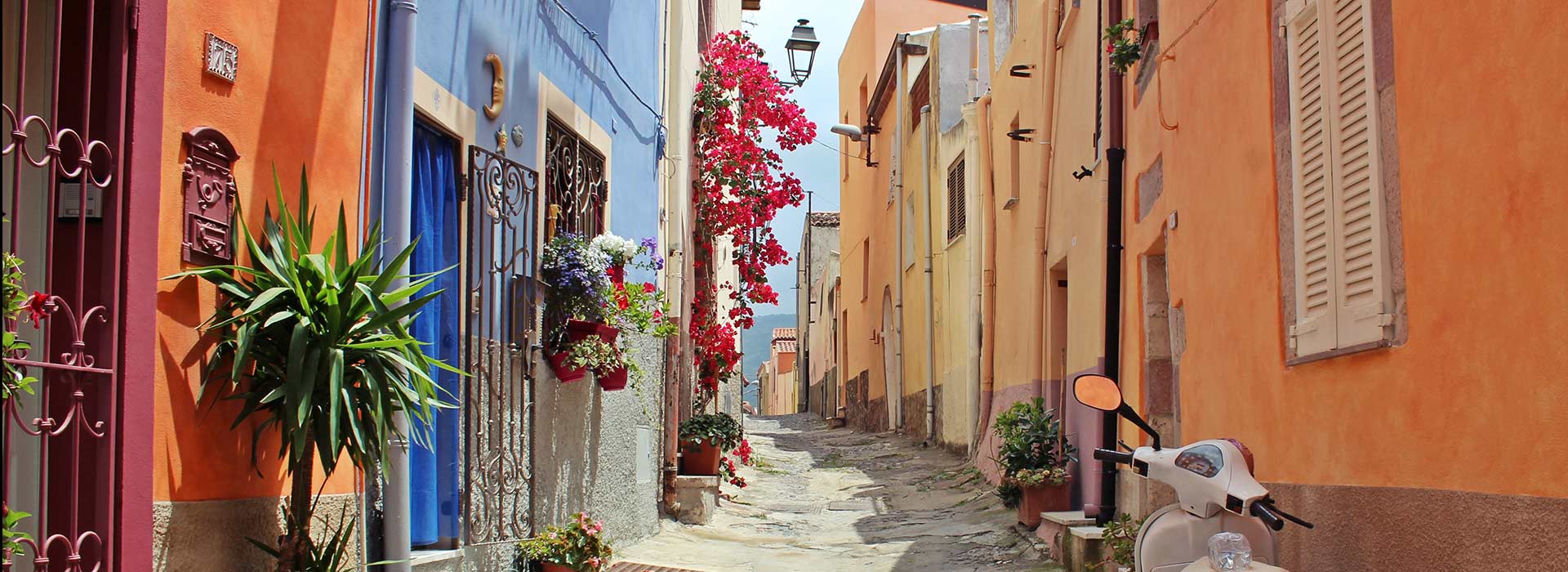
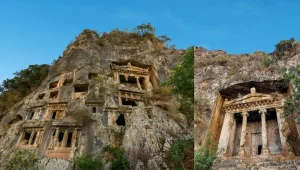
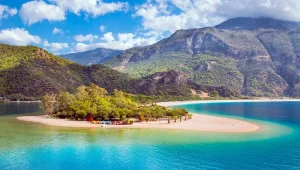
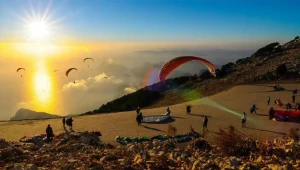
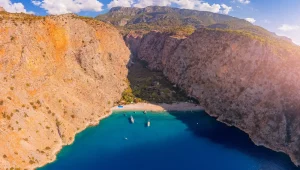
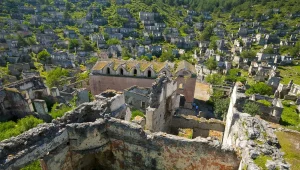
Sorry, the comment form is closed at this time.